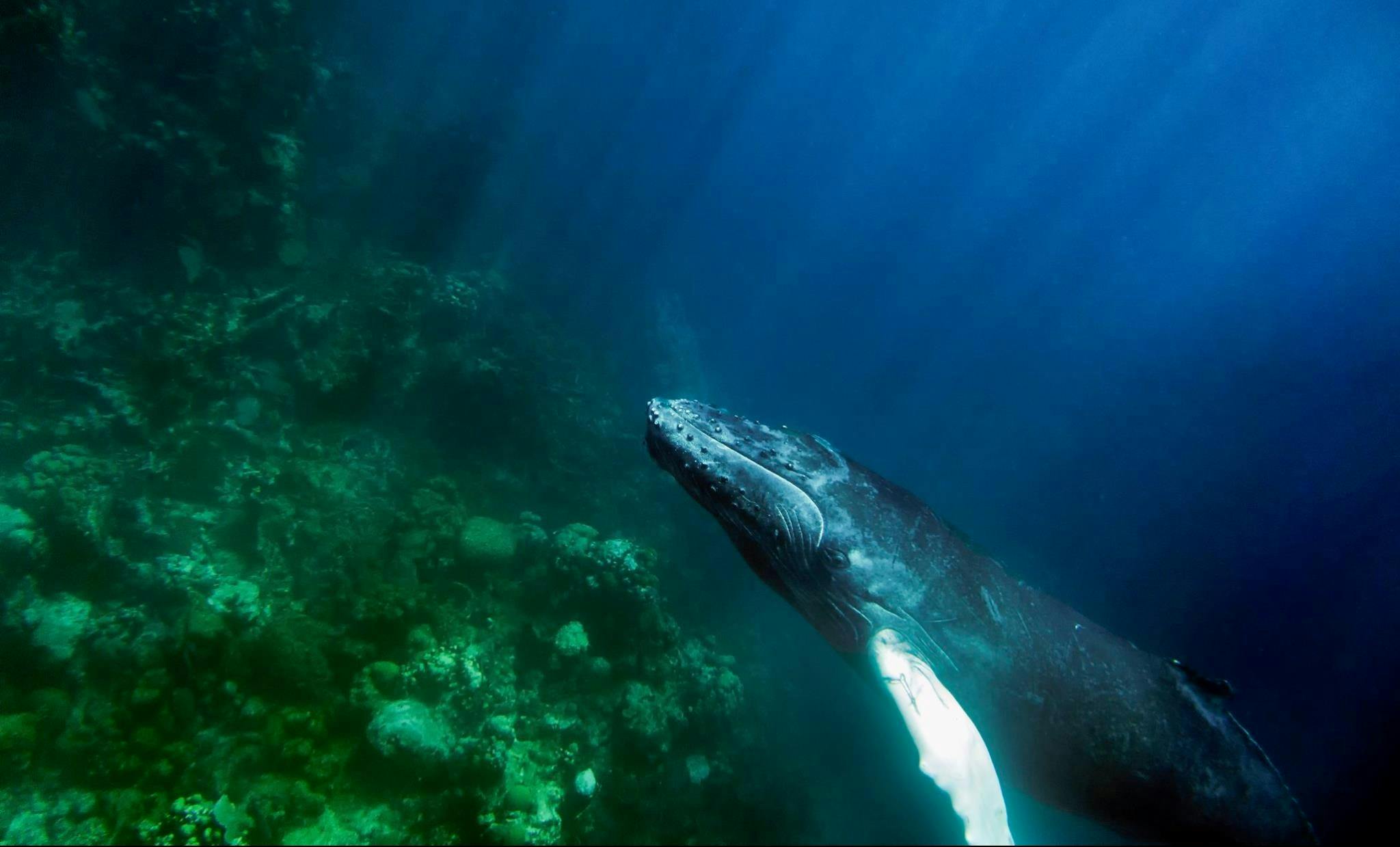Today, we’re spotlighting whales and their priceless poop. Strange as it may seem, whale poop is worth its weight in gold.
Whales are some of the ocean’s most fruitful gardeners. When whales poop, they drop a load of crucial nutrients into the ‘topsoil’ of the ocean. Their poop fertilizes the surface of the ocean with nutrients that are fundamental to the health of ocean ecosystems, the global nutrient cycle, and the carbon cycle.
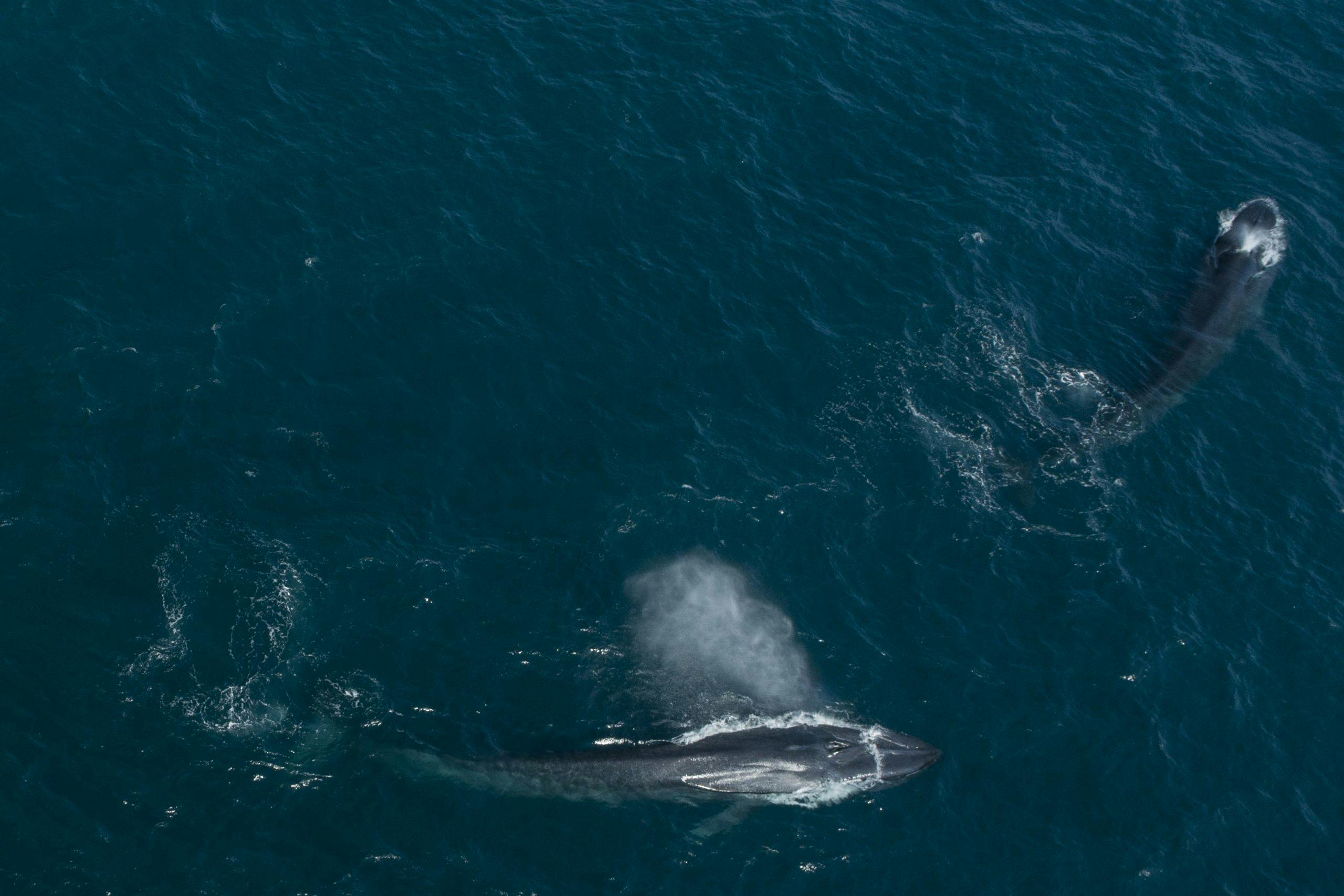
By simply eating and pooping, whales are creating healthy ecosystems, giving us air to breathe, and even combating climate change.
Does that sound like an unthinkable amount of good to come out of something as simple as poop? Well, it’s not. We might not be able to breathe underwater, but we wouldn’t be able to breathe without it.
June 3 is Clean Air Day in Canada and June 8 is World Oceans Day.
There’s no better time to recognize how whales help us breathe easy and make the world a better place. Asha de Vos is a Sri Lankan marine biologist, ocean educator, and pioneer in blue whale research in the Indian Ocean. She has also founded Oceanswell, Sri Lanka’s first marine conservation research and education organization. You can learn more about how whale poop helps us breath in this interview with Asha de Vos and Dave Ireland, former Managing Director of Biodiversity at the ROM.
Here’s how whale poop makes the world a better place:
Step 1: Whales feed on nutrient-rich marine life
Whales love eating nutrient-rich food. They like to dine on krill, for example, which provide lots of iron. Nutrient-rich diets lead to nutrient-rich poop full of things like iron, nitrogen, and phosphorus.
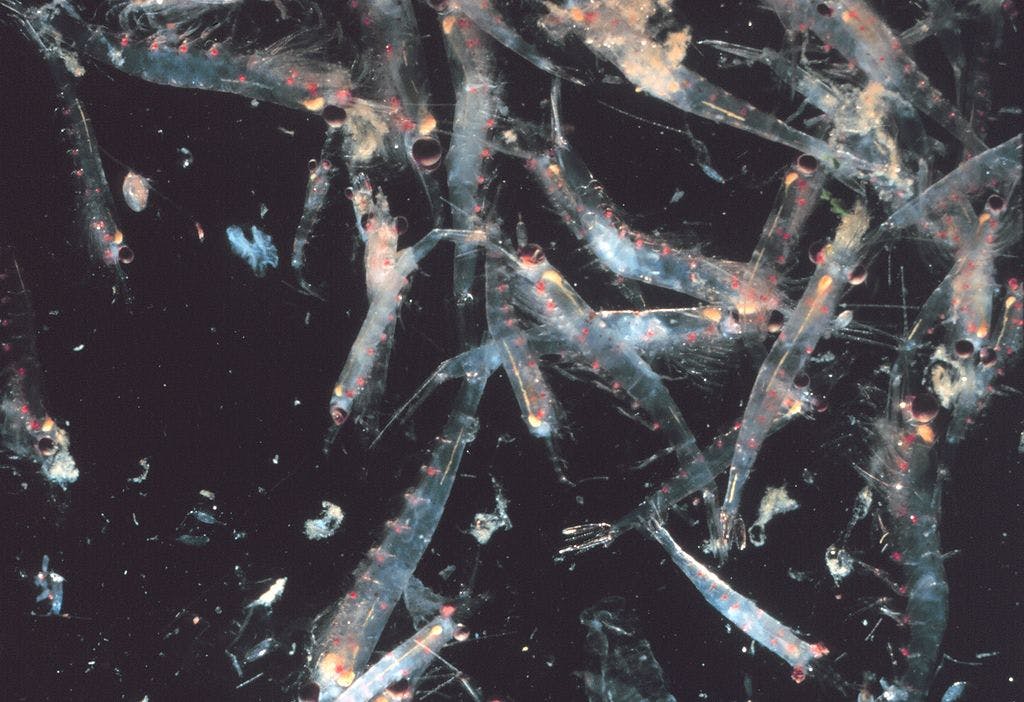
One study found that baleen whale poop had 10 million times more iron than the same weight of seawater. This may seem like a lot of iron, but remember, whales are enormous and they have correspondingly enormous excrement.
Step 2: Whales come to the ocean’s surface to poop
Whales feed deep in the ocean, but they swim to the surface when it’s time to poop. Why? No, it isn’t a flagrant display of exhibitionism.
Studies have actually shown that whales have trouble pooping under the extreme pressure in the depths of the ocean. To avoid unnecessary pooping pressure, whales come to the sea’s surface when it’s time to go.
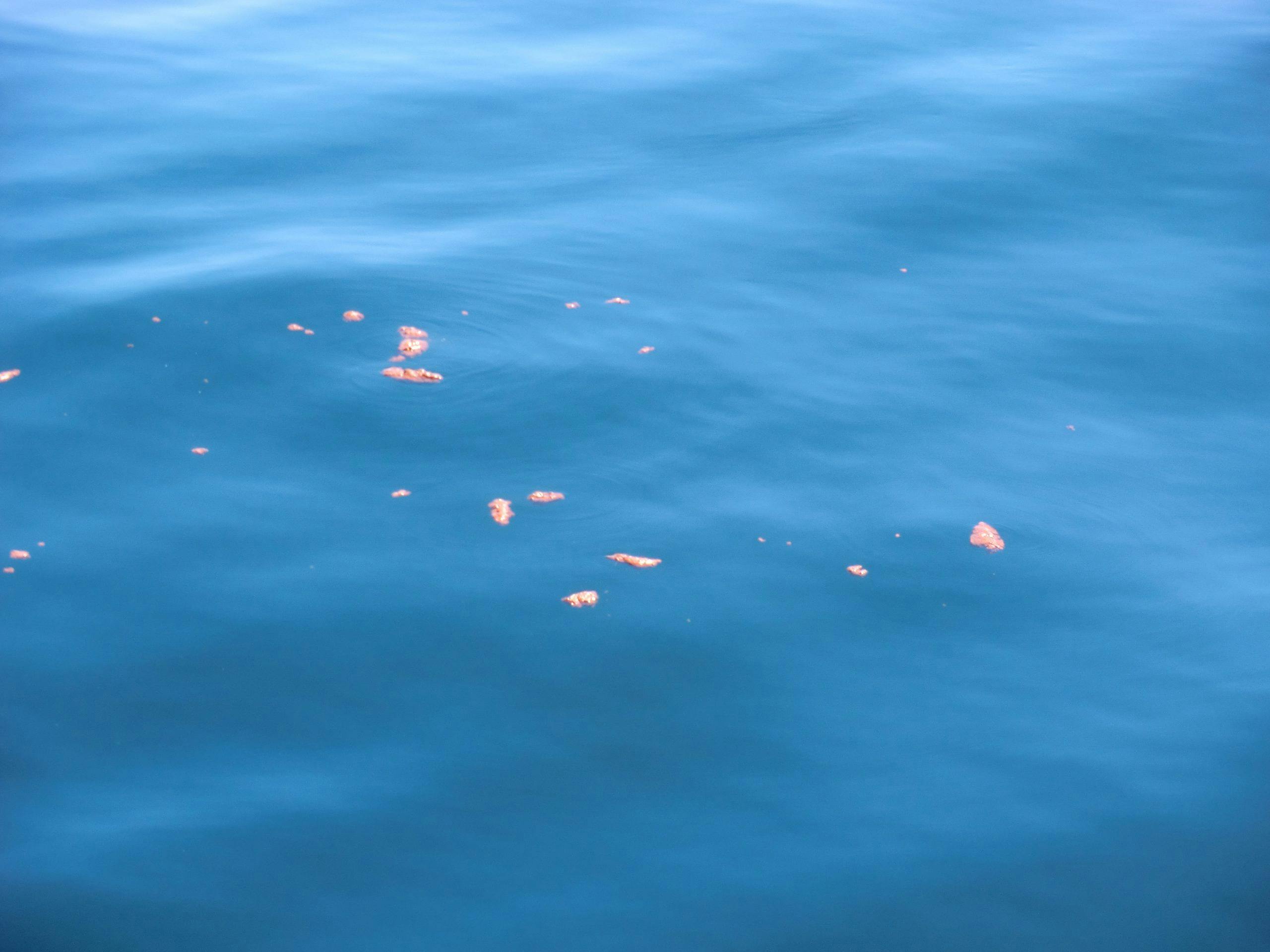
Unlike fish poop, whale poop floats. It remains near the surface of the sea where its nutrients are needed the most.
Like bumblebees bringing pollen from one flower to another, whales bring nutrients from the bottom of the ocean up to its surface, where it helps phytoplankton grow.
Step 3: Whale poop fertilizes phytoplankton
Phytoplankton are microscopic, plant-like organisms. Just like plants on land, phytoplankton use the sun’s light to photosynthesize. Think of them as tiny forests growing in the sunlit waters of the ocean’s surface.
Land plants send their roots down into the soil to get the nutrients they need, but phytoplankton, suspended in the surface of sea, have no such luxury. Instead, they get the nutrients they need to grow from whale poop. Luckily for phytoplankton, these nutrients are brought right to them when whales surface to do their business.
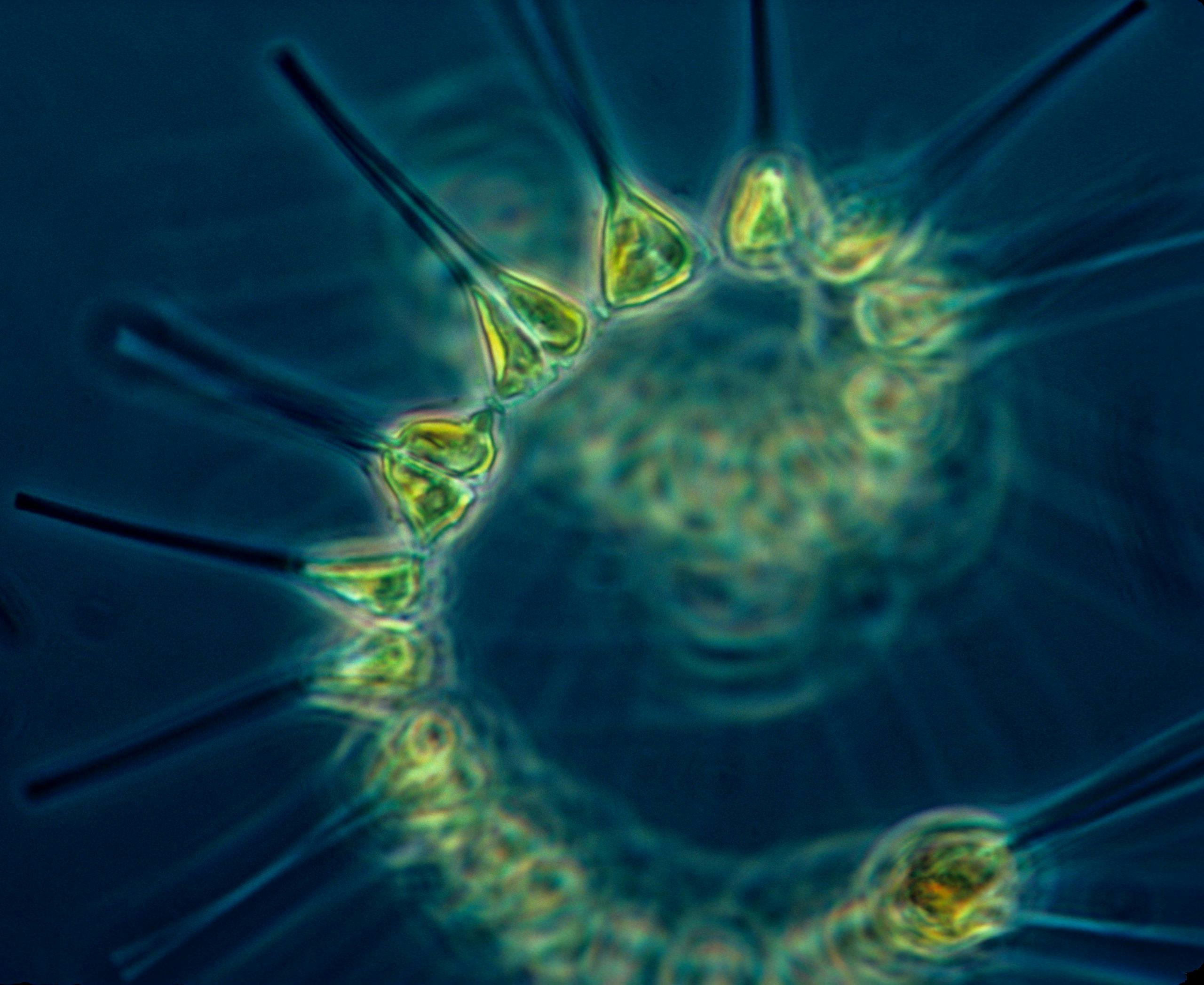
Whales are migratory animals. This means that they transport their nutrient-filled poop to hungry phytoplankton all over the globe (in what is definitely the largest and only scatological meal delivery service in the world).
Step 4: Phytoplankton nourish the whole ocean food chain
Phytoplankton are at the bottom of the aquatic food chain, but this doesn’t mean they’re unimportant. Quite the opposite. Phytoplankton are the basis of entire ocean food webs. Healthy phytoplankton means that all the animals up the food chain have food to eat.
Krill, fish, jellyfish, birds, penguins, seals, whales, and so many other marine creatures rely on phytoplankton to survive.
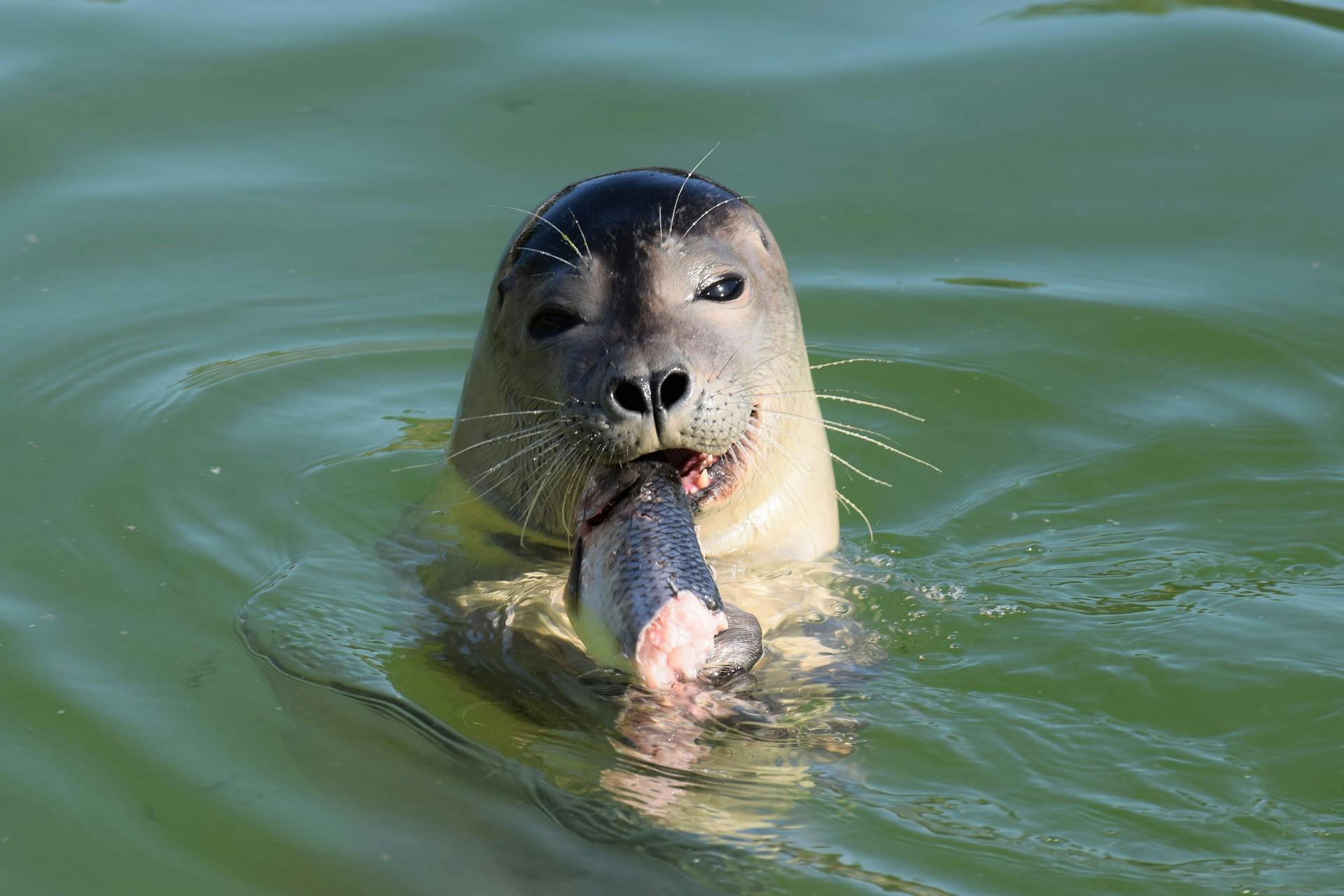
In a way, whales fertilize their own food supplies. They sow the seeds of healthy ecosystems and they reap the benefits. But when whale populations aren’t doing well, neither are other marine populations. Interruptions at any level of this global food and nutrient cycle harms entire ecosystems, including the fish that we eat.
Step 5: Phytoplankton consume carbon and release oxygen
Keeping carbon out of our atmosphere is one of the best ways to combat climate change. The ocean holds about 50 times more carbon than our atmosphere does, and phytoplankton are a big part of this exchange.
During photosynthesis, phytoplankton absorb as much carbon dioxide as trees. This means that even small changes in phytoplankton growth have repercussions for the amount of carbon there is in the atmosphere. If there are less phytoplankton, more carbon is released into our atmosphere. If there is more carbon in our atmosphere, our planet gets warmer.
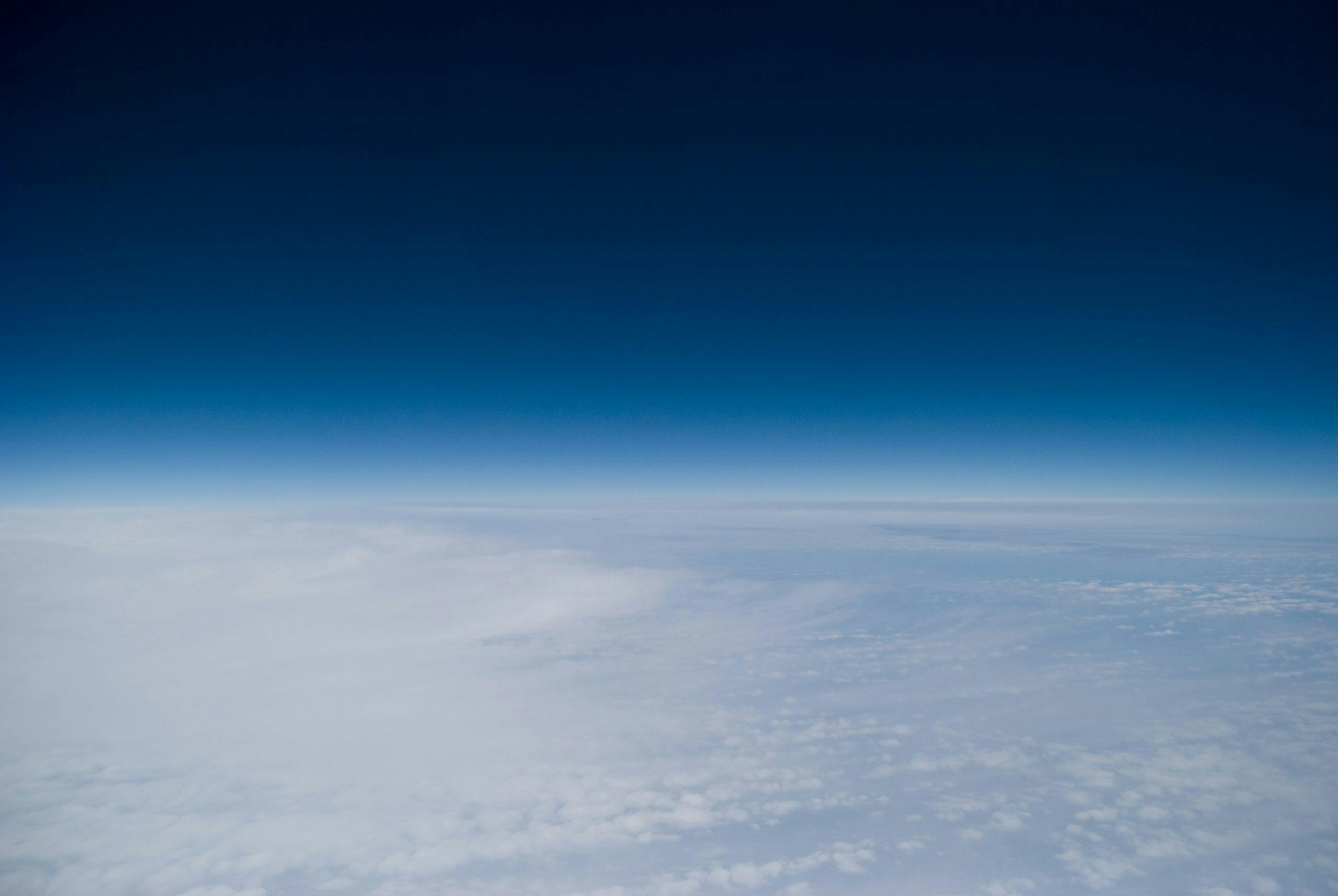
When phytoplankton die, they fall to the bottom of the sea. There, they can store carbon for thousands of years. In addition to consuming and locking away a major climate change culprit, phytoplankton also release 50-70% of the oxygen that we inhale every day.
The bottom line? When whales go number two, great things happen.
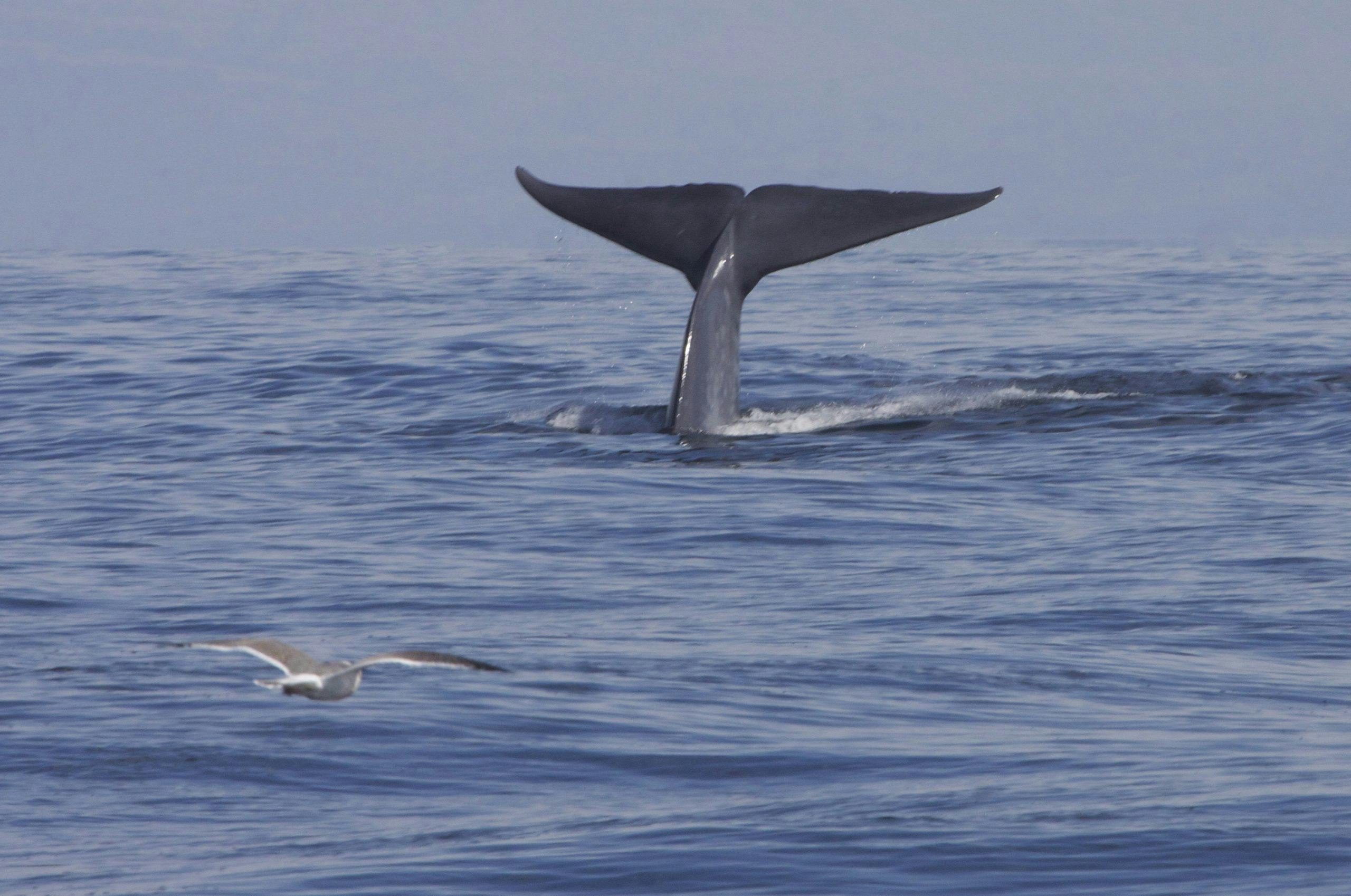
Sadly, whales’ enormous size doesn’t protect them from threats like commercial whaling, bycatch, ship strikes, habitat degradation and loss, and climate change. We need to appreciate the value of these incredible creatures, both for marine life and for life on land.
